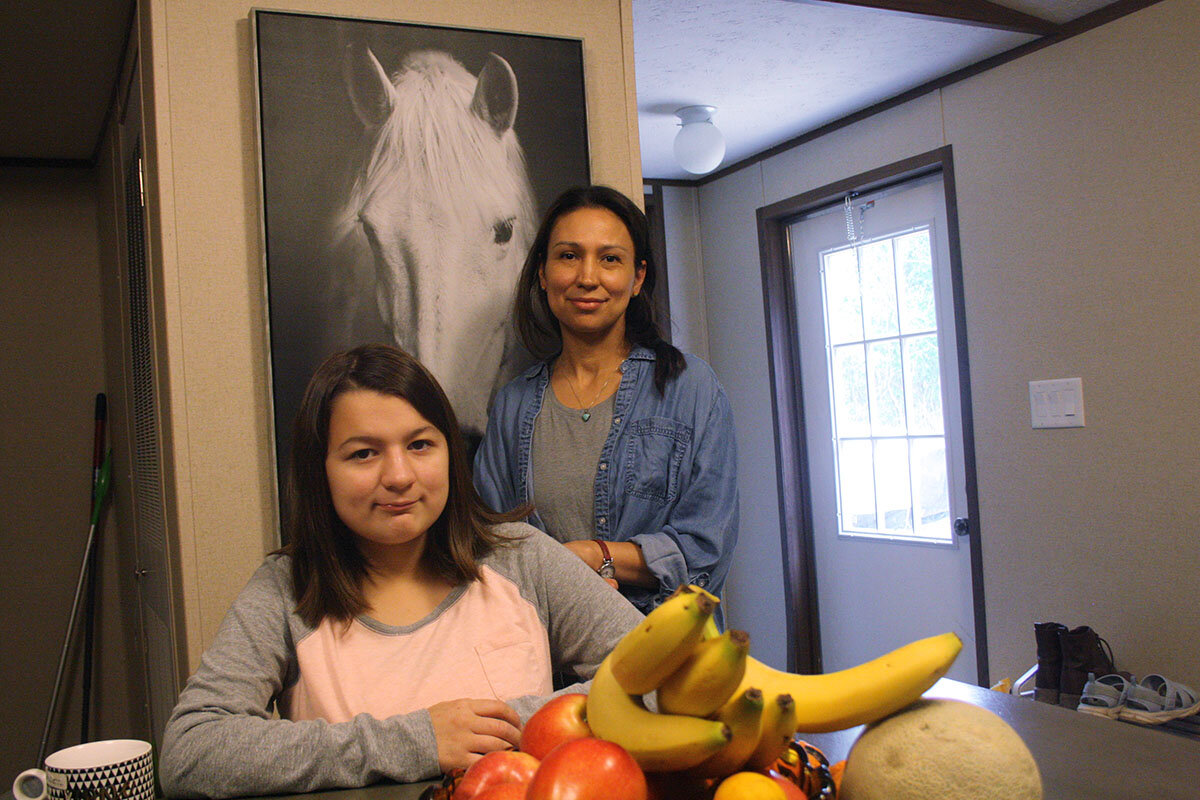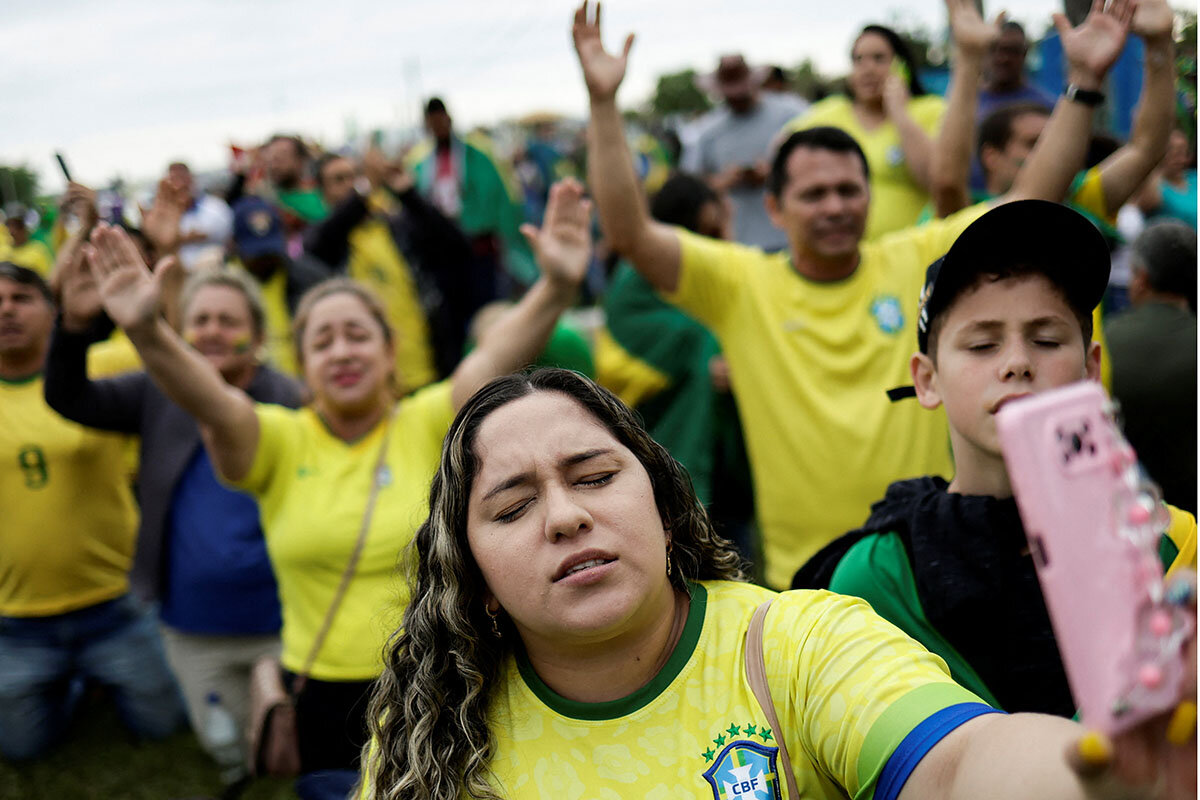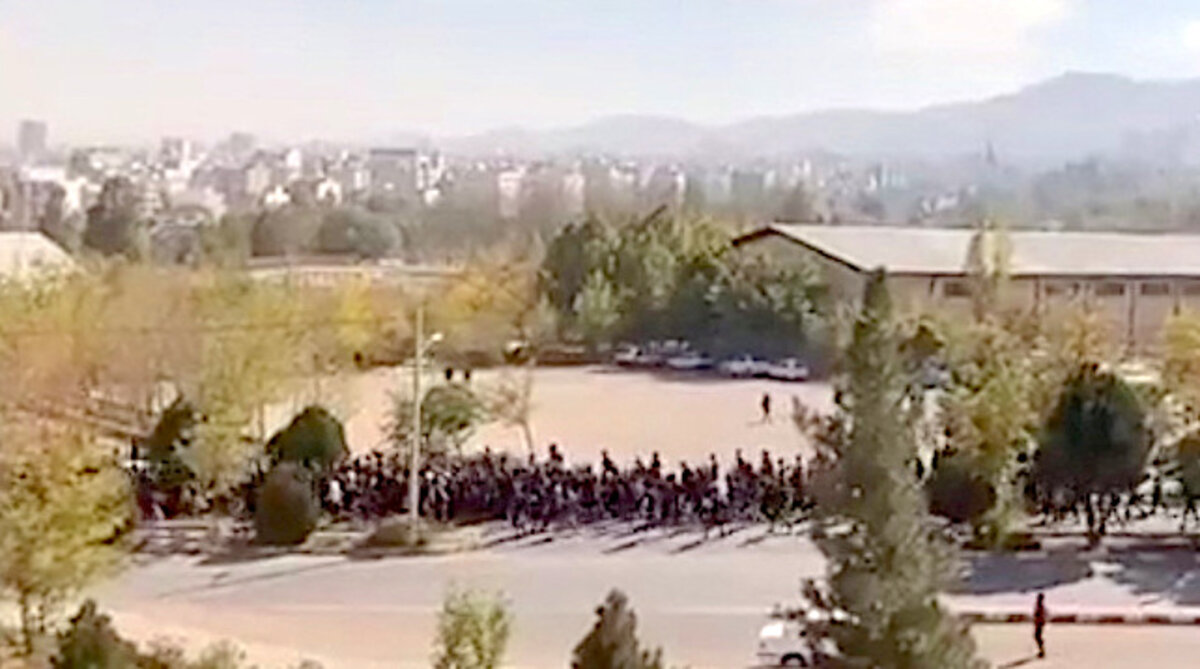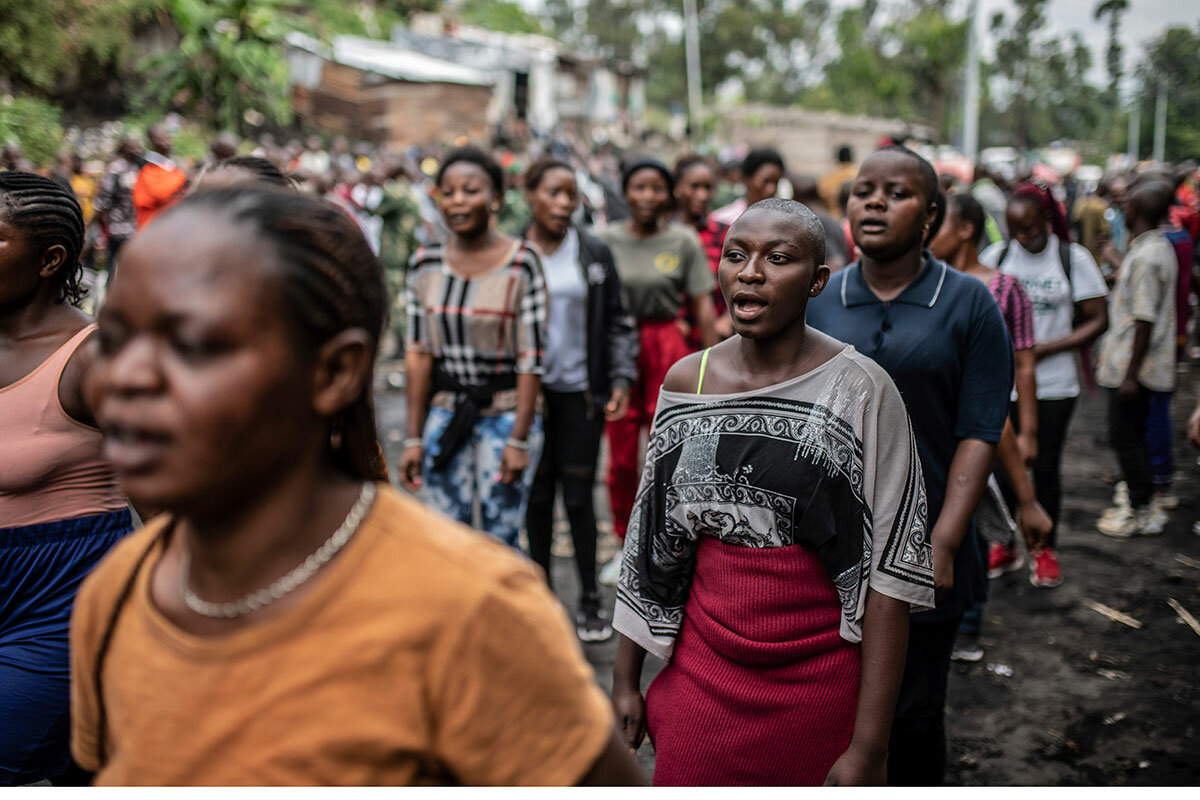America’s perpetually underfunded election system is under strain like never before, with droves of workers having quit due to threats, and concerns about “election integrity” surging.
Monitor Daily Podcast
- Follow us:
- Apple Podcasts
- Spotify
- RSS Feed
- Download
On Friday, after greeting military families at San Diego’s Marine Corps Air Station Miramar – the inspiration for the film “Top Gun” – President Joe Biden walked over to the White House press pool and offered a prediction: Democrats will hold their House majority and add a seat in the Senate.
Public polling and election forecasts have signaled the opposite for weeks. Republicans are favored to retake one or both chambers – even in this closer-than-usual midterm.
After his four-day, seven-state barnstorm for Democrats, which I joined as a member of the pool, the president is sure to know why. He’s a magnet for a divided America.
Reporters following the president often only get to see him in snapshots – when he’s exiting or boarding his vehicle or entering a building.
To a lesser extent the same is true for citizens. From New Mexico to New York, people waited beside the road for the presidential motorcade to pass. Most just held out their phones for a picture. But some had a message.
Outside an elementary school in Joliet, Illinois, on Saturday, dozens of protesters held signs decorated with anti-Biden slogans. Even after the president’s event, when the wind and rain almost blew off my lanyard as I walked back to the car, they were still standing there.
Contrast that with a rally in Philadelphia later the same day, when a group of cheerleaders greeted the motorcade in formation on the side of the road, chanting “USA” with gold pompoms.
The president saw it all. And at a tony fundraiser in Chicago, he acknowledged, “If we lose the House and Senate, it's going to be a horrible two years” for him and his party.
Even still, he didn’t look worried most of the time about a likely two years of divided government. He glad-handed with Democratic politicians, went to church, and stopped before exiting Marine One one day to pick up a pen for someone.
At a Saturday rally in Philadelphia, he seemed unusually at home. He’s a Scranton kid and, he joked, was once called the state’s “third senator.” Former President Barack Obama was in town, too, closing the night in front of a packed Temple University arena.
“It’s good to be with family,” President Biden said.










